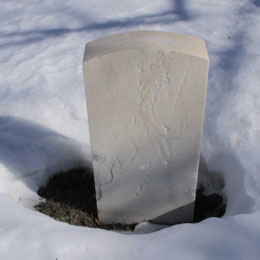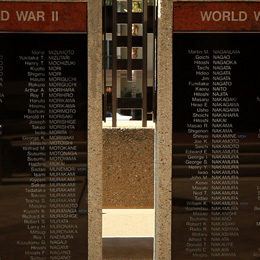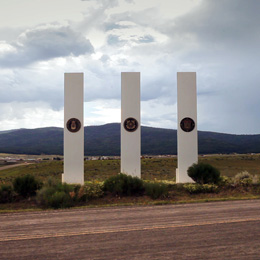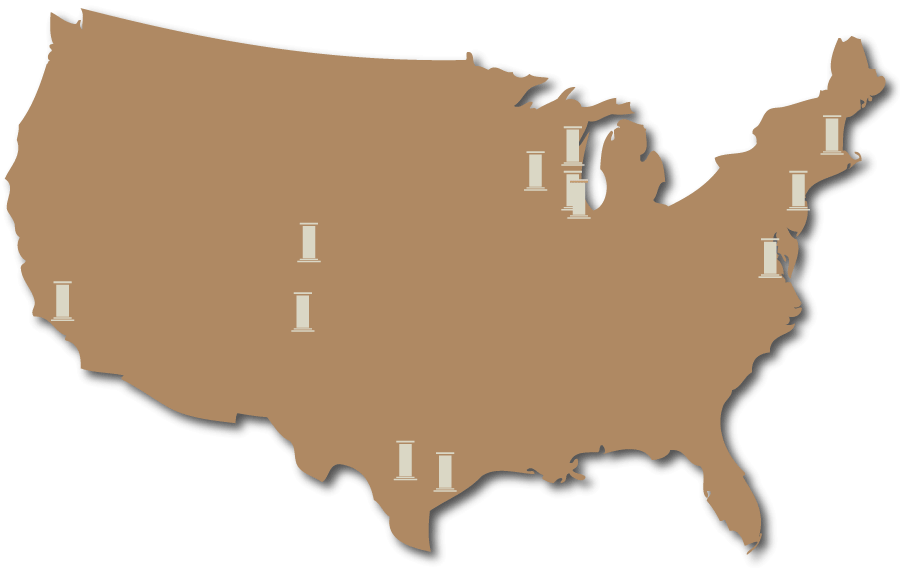
Half-Life of War
Over 30 wars and 1.5 million dead soldiers are memorialized at sites across the United States. How many of us see the radioactive trace of these past conflicts? What is the best way to remember the trauma of war?
Upcoming Screening

SCREENING | Ashford, Washington
10th Annual Rainier Independent Film Festival
Saturday, May 14, 2016 | 7–9 p.m.
Warren Etheredge Presents: Virtual Mortality Mt. Rainier Lions Club Theater, 27726 WA-706
How we face our deaths is usually indicative of how we embrace our lives, whether we grieve, we sing, we fear, we soar. Know one likes to consider their own demise so this collection of shorts does the work for you, from cradle to rave, against the dying of the light.
Essays

What Do We Remember When We Remember War?
MICHAEL J. ALLEN
Associate Professor, Department of History
Northwestern University
Why do we build war memorials, Kyle Henry asks in his short documentary film Half-Life of War, and who do we build them for? Do we build them to remember or to forget? Do we build them to honor the fallen and remember their sacrifice? Or do we build them to comfort the living and to assuage our guilt for causing such sacrifice? Do we build them to reflect on war's realities or to blind ourselves to those realities? If they are meant to prompt reflection why do we so often seem not to notice them? Did the war dead die to go unnoticed?

The Sorrowful History of The Half-Life of War
TOM PALAIMA
Armstrong Centennial Professor of Classics
University of Texas at Austin
In his deeply personal and moving director’s statement, Kyle Henry asks three questions about the memorials strewn across the United States relating to our many wars and our many dead soldiers: Do these monuments accurately reflect the trauma of the experience of war itself? Do we create them to remember or to forget? And why do we then neglect even these sanitized memorials, forgetting they even exist within our midst?
About the Film

Director’s Statement
My father, a US Navy and Marine Corp veteran, recently died in October of 2013. During his long protracted illness, the need to memorialize his military service rose to ever increasing prominence in his consciousness. The nobility of his military service became more important as a generator of meaning, ironically after almost forty years of never having told many stories of his service to me. He wore Marine Corp hats and pins, placed bumper stickers on his cars, even erected a large flagpole in his front yard to hoist both a United States and Marine Corp flag.
During the six months of his final hospitalization, I started to notice all the military monuments that exist, the symbols and signs we create to honor our wars and the people who die fighting them. Do these monuments accurately reflect the trauma of the experience of war itself? Do we create them to remember or to forget? And why do we then neglect even these sanitized memorials, forgetting they even exist within our midst?

Kyle Henry Bio
Kyle Henry’s feature debut Room premiered at Sundance’s Frontier and Cannes’ Directors’ Fortnight sections in 2005. It was nominated for two Independent Spirit Awards, including the John Cassavetes Award. His feature docs include: University Inc., about the corporatization of higher education; and American Cowboy, about a gay rodeo champ. His short N.ew Y.ork C.asino won Best Experimental film at SXSW. Kyle is also the editor of the Sundance/Tribeca/SXSW award-winning feature narrative Manito and nine feature docs including the Emmy Award—winning Where Soldiers Come From. He currently teaches film production at Northwestern University in Evanston, Illinois.
This film was produced with a grant from the Chicago Digital Media Production Fund, a project of Voqal Fund administered by Chicago Filmmakers.
Half-Life of War
© 2016 | Contact: halflifeofwar@gmail.com

